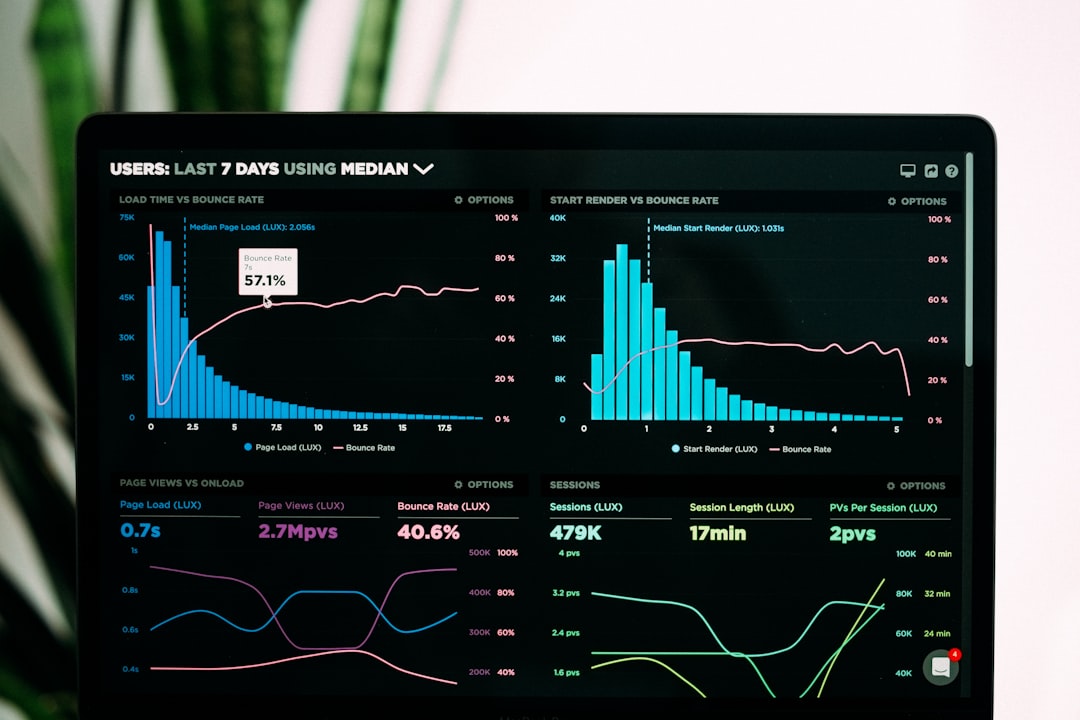
How to Create a Financial Plan for Economic Projects.
# How to Create a Financial Plan for Economic Projects. Creating a financial plan for economic projects is crucial for ensuring their viability and sustainability. A solid financial plan allows businesses to monitor expenses, forecast revenues, and align their resources effectively. This guide will delve into the essential steps involved in formulating a financial plan tailored for economic projects and why they matter. ## Understanding the Importance of Financial Planning. Financial planning is a structured approach that allows organizations to anticipate income, expenses, and necessary investments, thereby ensuring that the project can cover its costs and achieve its objectives. Whether you are launching a startup, developing a community project, or managing a nonprofit organization, the principles of financial planning apply universally. A financial plan helps in risk management as it prepares you for unexpected costs, helping secure funding from investors or lenders who require a clear picture of project feasibility. ## Setting Clear Objectives. The first step in creating a financial plan for an economic project is defining its objectives. What are you trying to achieve? Setting clear, measurable goals allows you to establish the financial requirements. This may include determining the timeline for achieving specific milestones such as project completion, revenue generation, or profitability. These objectives will inform every aspect of the financial plan and set the stage for resource allocation. ## Estimating Costs and Revenue Streams. Estimating expenses is a critical component of any financial plan. Begin by detailing all potential costs associated with your project. Categorize these into fixed costs (salaries, rent, utilities) and variable costs (raw materials, marketing, operational expenses). Next, identify potential revenue streams. This can encompass direct sales, grants, sponsorships, or revenue from services. Understanding these costs and revenues allows you to calculate your expected return on investment (ROI). ## Developing a Budget. With a clear understanding of costs and projected revenues, the next step is to develop a comprehensive budget. A budget serves as a roadmap, detailing how funds will be allocated over time. It's essential to ensure that it covers all project phases and includes a buffer for unforeseen expenses. Consider using spreadsheet software or budgeting tools to organize and visualize your budget. Be realistic and ensure that the budget aligns with your project goals, making adjustments as necessary based on performance evaluations and market changes. ## Conducting Break-Even Analysis. Performing a break-even analysis is essential for understanding how long it will take before your project's revenues cover its costs. This analysis helps in identifying the minimum performance required to avoid losses. You can calculate break-even points in terms of units sold or total revenue generated. Understanding when a project will begin to generate profit is vital in making informed business decisions and in planning investments. ## Monitoring and Adjusting the Plan. Once the financial plan is in place, it should not be set in stone. Continuous monitoring of financial performance through variance analysis—comparing actual results to budgeted projections—is essential. Identifying trends and discrepancies enables you to make informed adjustments to your financial plan. Establishing regular review intervals (quarterly or monthly) helps in making proactive decisions rather than reactive ones and allows for strategic pivots as circumstances evolve. ## Seeking Financial Feedback. Engaging stakeholders by seeking feedback on the financial plan can provide fresh perspectives and insights. This can include discussions with team members, financial advisors, or mentors who can provide valuable input based on their experiences. Not only does this enhance the plan’s robustness, but it also fosters a sense of ownership among stakeholders, encouraging collaboration and commitment to the plan's success. ## Conclusion. Creating a financial plan for economic projects is a comprehensive process that requires careful consideration of goals, budgets, costs, and revenue. By developing a thoughtful financial plan, you position your project for greater success and sustainability. This proactive approach helps mitigate risks, better allocate resources, and ultimately leads to informed decision-making that can guide your project to achieve its economic objectives and foster growth in the community. Remember, the financial plan is a living document that should grow and adapt as your project evolves. .







